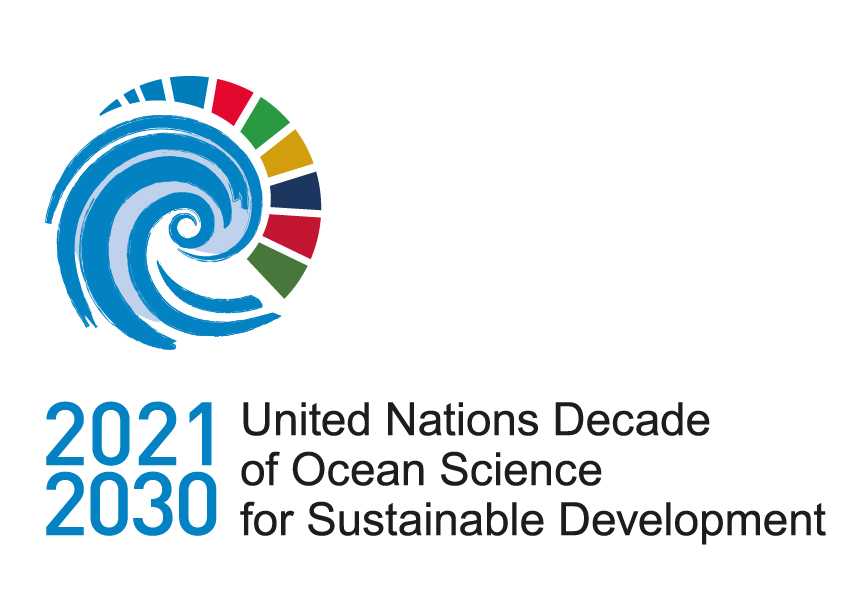The Helmholtz Institute for Functional Marine Biodiversity at the University of Oldenburg (HIFMB) and the Hanse-Wissenschaftskolleg, Institute for Advanced Study (HWK), have created the artist-in-residence program “ArtWaves” for the duration of the UN Ocean Decade, offering annual fellowships.
ArtWaves

HIFMB and HWK have established a joint annual artist-in-residence fellowship. The art projects within this scheme are intended to address aspects of marine biodiversity change and to promote public understanding and the transfer of knowledge in a changing world through art. Main objectives are to develop new formats for the transfer of science into social and/or political debates and to build new networks to promote the visibility of marine biodiversity research. HIFMB aims for the most effective interaction and will create conditions for an inspiring and creative collegial dialogue between artists and researchers. We ask the artists to especially involve early career scientists (see also the ecop network) and to explore with them ideas and ways of integrating new ways of thinking and working into their work. ArtWaves has the ambition to support the transfer of scientific knowledge also to the science-policy interface where scientific knowledge finds its way into implementing and legislating policy solutions and application. By nurturing creativity and innovation, the program not only educates but also inspires action and awareness for ocean conservation and marine biodiversity research. This cooperation is closely linked to the United Nations Ocean Decade and officially endorsed as an Ocean Decade Action.
The call for applications will open again in summer 2026.
The next fellowship will start in early 2026 and lasts 3 to 4 months.
The Artist in Residence will be funded by the HIFMB and HWK. The fellowship package includes a monthly stipend (2.500 €) plus free accommodation at HWK Delmenhorst and a travel allowance.
ArtWaves places great emphasis on diversity and inclusivity, welcoming artists from various backgrounds. We have the strong ambition to have no barriers to gender, generational, and geographic diversity – neither in the choice of artists nor in the definition of the target group or audiences.
Expectations towards the artist:
- Creation of New Work: The artist is expected to produce new artistic work by the end of the residency, which could be intended for exhibition or performance.
- Planning for Exhibition or Performance: The artist, in collaboration with HWK (Host Organization 1) and HIFMB (Host Organization 2), should plan appropriate ways to showcase the newly created work, whether through exhibitions or performances or similar.
- Engagement with Scientists and Projects: The artist should actively engage with scientists and ongoing projects at HIFMB, with a preference for involving early career scientists.
- Artistic Outreach through Public Engagement: The artist should explore opportunities for engaging the public through artistic outreach initiatives.
- Donation of Work Sample: The artist is expected to donate a sample of the work produced during the residency to the host organizations.
- Participation in Public Relations Activities: The artist should agree to participate in public relations activities related to the residency, such as documenting work-in-progress through photographs.
- Submission of Evaluation Report: At the conclusion of the residency, the artist is required to submit a written evaluation report, including an assessment of the residency experience and any outcomes achieved.
- Inclusion of Logos: The artist should add the logos of both host organisations and, if endorsed, the logo of the UN Ocean Decade to on products issued during the residency.
- Presentation in Seminars: The artist is expected to present their work in seminars held at both HWK and HIFMB.
HWK Delmenhorst: The Hanse-Wissenschaftskolleg, or HWK, is an Institute for Advanced Study, established as a foundation by the German states Bremen and Niedersachsen and the city of Delmenhorst. It offers a residency within an international and multi-disciplinary community of researchers (fellows) representing various academic disciplines. The selected Artist in Residence will be provided with a furnished and equipped apartment on the HWK campus and dedicated workspace to facilitate their creative process. Additionally, the artist will receive support in establishing contacts and connections with the region’s arts and cultural institutions. This collaboration aims to bring together the realms of art and science through personal exchange. All Fellows, including Artists in Residence, are required to reside on the HWK campus for the duration of their fellowship and to interact with other Fellows (Accommodation Details).
HIFMB Oldenburg: HIFMB is a cooperation between the Alfred Wegener Institute Helmholtz Centre for Polar and Marine Research in Bremerhaven and the University of Oldenburg. The artist will be fully integrated into working groups of the researchers in Oldenburg. By participating in an international, interdisciplinary, and dynamic working environment, the artist will find new inspiration. HIFMB aims to facilitate effective interaction and create an environment conducive to inspiring and creative collegial dialogues between artists and researchers.
More information about the participating institutions is available on their respective websites: HWK and HIFMB.
The content of the artist-in-residence program aligns with the objectives of the United Nations Ocean Decade. The Ocean Decade serves as a collaborative platform for scientists and stakeholders across various sectors to collaborate in advancing ocean science. This collaboration aims to enhance our understanding of the ocean system and accelerate progress in ocean science.
In the context of the challenges posed by the Ocean Decade, we specifically encourage artists to focus on addressing Ocean Decade Challenge 2: Protect and restore ecosystems and biodiversity (Learn more on YouTube).
The selection of the successful artist will be based on the following criteria:
- Innovative and Relevant Project: We value projects that showcase innovative ideas and a strong relevance to the themes of our program. The proposed project should push boundaries and explore new horizons at the intersection of art, science, and society.
Please note: The fellowship is not aimed at science communicators but explicitly at artists who want to work at the interface to science. - Alignment with HIFMB and HWK Missions and Ocean Decade Objectives: Applicants’ projects should clearly align with the missions of HIFMB and HWK, as well as the overarching objectives of the Ocean Decade, with a specific focus on Challenge 2.
- Quality, Efficiency, Coherence, and Feasibility of Work Plan: The submitted work plan should outline a comprehensive and efficient approach to achieving artistic goals within the designated timeframe and should demonstrate a clear understanding of project execution. Furthermore, coherence and feasibility of the proposed project’s objectives are essential. Additionally, the project’s potential to engage diverse audiences enhances its value.
- Creativity and Originality: An artist’s previous work serves as an indicator of their creativity and originality. We assess the distinctive and imaginative qualities evident in an artist’s portfolio.
- Effective Communication, Engagement & Audience Diversity: Applicants should carefully consider the tools and formats they intend to use for communicating their work. The selected approach should enable the widest possible reach and impact while engaging a diverse audience.
The call is not open at the moment.
Please note that applications are only accepted in electronic format and must be submitted in English.
- Completed application form (download here) including an abstract describing the project (max. 1500 characters including spaces)
- Motivation letter
- Project proposal including expose of planned work schedule and references (max. 5 pages)
- Curriculum Vitae incl. List of publications, exhibitions, or performances (up to 10 examples)
- Examples of work
- Two names of experts in the field as referees (letters of reference will be required from applicants who reach the second round of selection)
A pre-selection of the most suitable candidate(s) is done by an interdisciplinary committee of HIFMB and HWK and its Artistic Advisory Board. In a second step, shortlisted candidates will be interviewed.
Besides the candidates’ personal qualification, the criteria mentioned above will play an important role during the whole selection process (including the interviews).
Please send your application as well as any questions regarding the application process to AiR@HIFMB.de
Former Calls
Anthea Oestreicher
Anthea Oestreicher describes herself as an interdisciplinary designer, artistic researcher and nonscientist. For her, design is a way to explore, attune and tell multisensorial stories about the entanglements between systems and living beings. Navigating on the boundaries between art, science and humanities her work is about perceiving and engaging with micro-ecological, more-than-human worlds.
Her planned ArtWaves project ‘Patchy Metabolisms’ explores the intersection of art and science through the study of plankton ecology, ecological tipping points, and multispecies relationships, employing a critical ecological and hydrofeminist lens. By blending sensory and scientific approaches, the project challenges anthropocentric narratives and explores metabolism as a dynamic, relational process that weaves together biological, ecological, and cultural dimensions on a planetary scale.
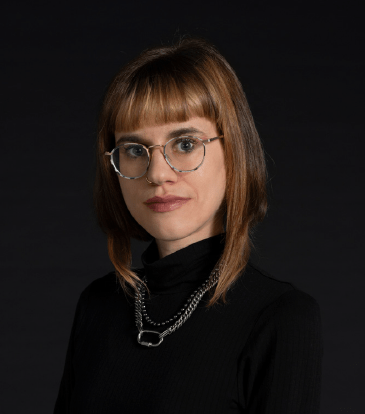
Anna Pasco
Anna Pasco is a Spanish artist who lives and works in Germany. Her art projects often evolve around symbiotic relationships and the coexistence of humans with other species and the environment. Anna combines art theory, pop culture and science in her pieces and works with a variety of materials and methods – her works and installations use photography and ceramics as well as new media, artificial intelligence or samples from the seabed.
Inspired by ArtWaves and the exchange with scientists at the HIFMB and the Hanse Wissenschaftskolleg, several works have been created. For example, “Permeable Boundaries”, an installation at the interface between the human digestive system and sediments and the organisms living in them. The performative dinner “Eating and being eaten” directs the participants’ gaze from the micro level, in which they become aware of the microscopic life that metabolizes food, to the macro level with concepts from geology such as deep time.
Further projects such as a perfume of the seabed and sculptures made from seabed sediments are in the process of being created.
They will be presented at Galerie Herold in Bremen from Mai 31st until June 29th 2025.

Mita Mahato
From January to April 2023, the Seattle based cut paper, collage and comix artist Mita Mahato was a guest at HIFMB. She was the first artist to take part in a jointly developed Artist in Residence scheme developed by Hanse Wissenschaftskolleg Institute for Advanced Studies (HWK) and HIFMB, aiming to promote the dialogue between marine biodiversity research and art.
Why an artist in residence? With the program we aim to foster the public understanding of marine biodiversity and to develop new formats in order to transfer science into societal debates. Mita supported these objectives, too, emphasizing that one of the main values of an artist in a science community is to demonstrate to each other and to stakeholders that there are natural connecting points between the different disciplines. It is benefit to all thinking about the various ways to approach similar ideas and concerns so we can better come together on solutions.
„What was exciting to learn was that we share a way of thinking about marine biodiversity, but our different disciplinary backgrounds give us different lenses, vocabularies, motivations, and projects through which to understand, discuss, and share our passions.”
Mita Mahato
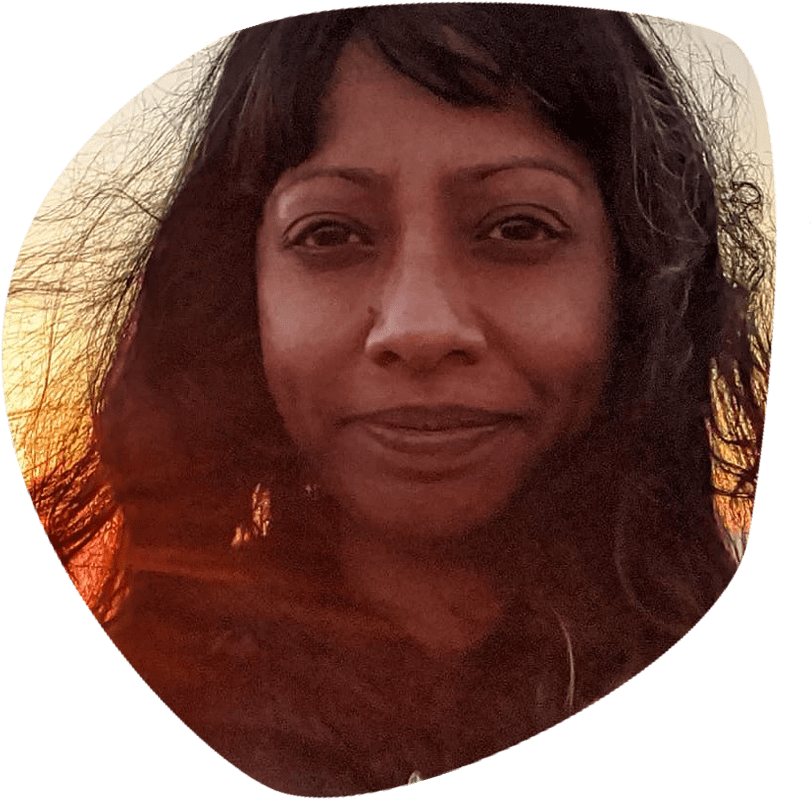
Mita has participated in working group meetings and has been in intensive exchange with many scientists at HIFMB. She has given workshops for scientists, teenage girls and (prospective) teachers on how to use artistic approaches to understand and process global change, its impact on humans and the emotions associated with it.
During her stay, Mita further developed her project on whale fall. It consists of nine pages of visual poetry that go deep into the phenomenon of whale fall, inviting reflection on the entangled relationships of marine and terrestrial lives. Borrowing from environmental DNA research and sequencing methods that approach organisms in solution, Mita experimented with letterforms and color-coding to ask what voices, throughlines, and possibilities for survival echo in the mesh.
HIFMB scientists appreciated the interaction with the artist and the fact that they were made to step outside their comfort zone and think outside their scientific bubble. They found that tensions between different types of knowledge and ways of thinking can lead to extremely productive new ideas and contribute to a more resilient and rigorous scientific practice.
Mita’s work on whale fall is displayed in the new HIFMB building and was published in the Summer 2023 issue of Ecotone Magazine.


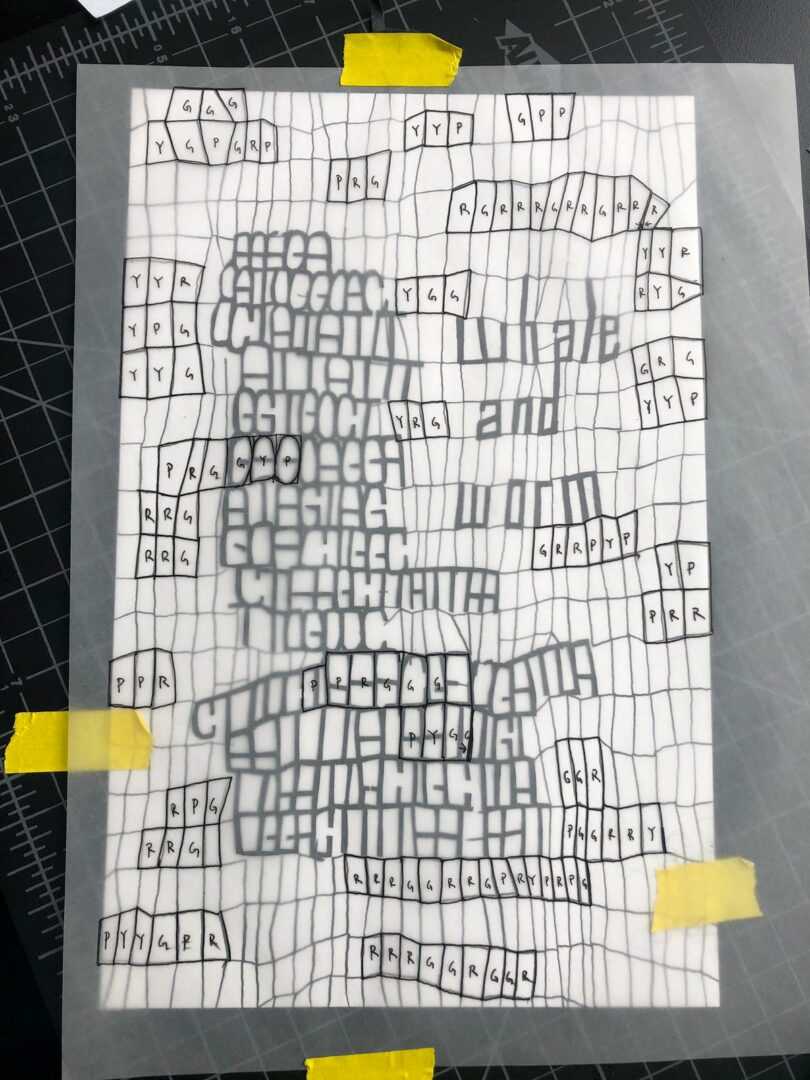
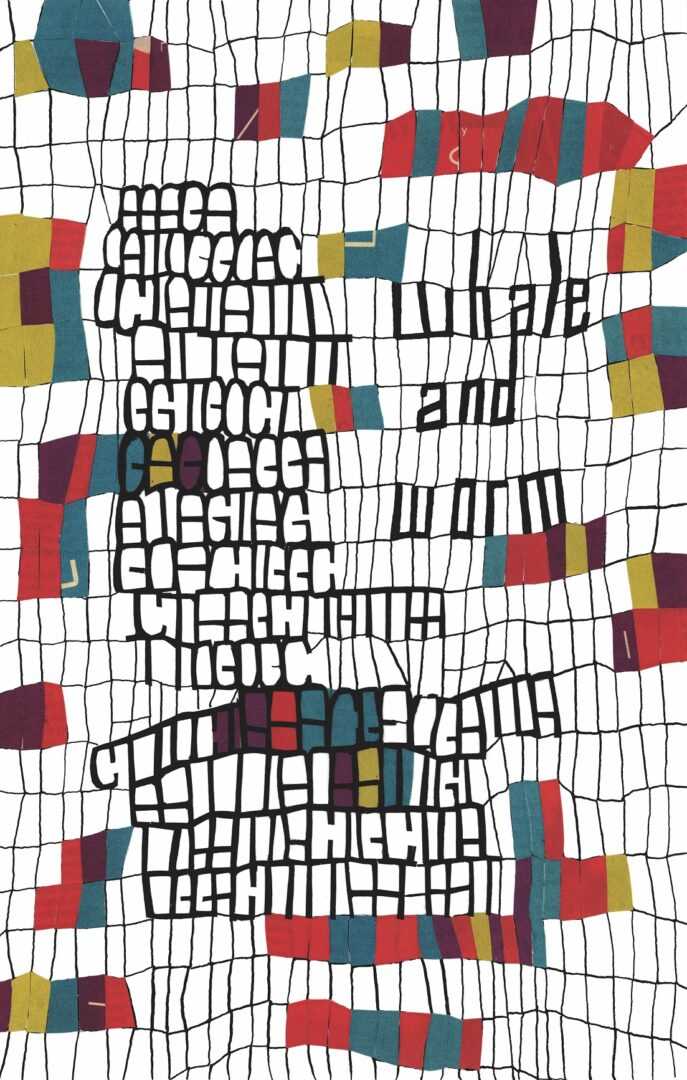
To learn more about Mita’s life, work and motivation, listen to this podcast episode: Mita Mahato – On Art as Science Communication and Her Very Old Cat
To the website of Mita Mahato
The UN Decade of Ocean Science for Sustainable Development 2021-2030
The artist-in-residence program ArtWaves fits into the challenges of the current United Nations Ocean Decade and is officially endsored as an Ocean Decade Action. The Ocean Decade provides a convening framework for scientists and stakeholders from diverse sectors to develop the scientific knowledge and the partnerships needed to accelerate and harness advances in ocean science to achieve a better understanding of the ocean system.
